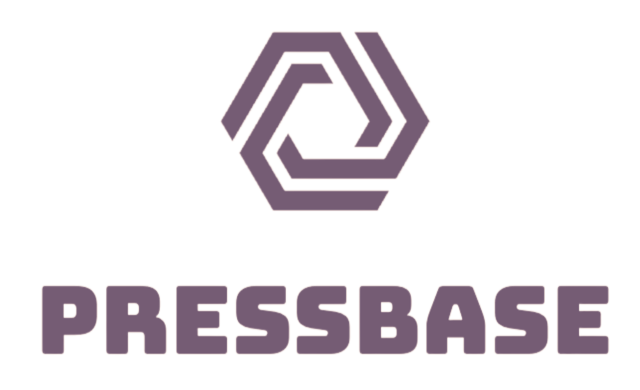Honasa Consumer, a direct-to-consumer (D2C) company that houses multiple brands, has decided to go public, opening up a new IPO theme for investors. While companies like HUL and Marico are listed as peers, Honasa also shares similarities with new-age companies, including high advertisement expenses. However, the company’s plans for offline expansion and customer acquisition costs could impact its profitability, as it has already posted losses in FY23.
Honasa is targeting the premium Beauty, Personal Care, and Cosmetics (BPC) sector, which caters to the evolving needs of urban millennials and GenZs. With the company’s IPO, investors have a unique opportunity to venture beyond traditional consumer companies.
Preeyam Tolia, senior research analyst of FMCG & Retail at Axis Securities, comments, “It can be a new IPO theme. There have been many D2C brands that were acquired companies like Marico acquiring Plix, Beardo, and Emani with The Man Company. This is the only one to go public.”
However, this IPO worth ₹1,701 crore also serves as an acid test for D2C companies aspiring to go public. Following the mixed reactions received PayTM, Zomato, and Nykaa from the markets, digital businesses are often met with uncertainty.
Honasa considers companies like HUL and Marico as its peers, but it also shares many characteristics with new-age companies. Being one of the first movers in the sector, Honasa achieved a remarkable 80% compound annual growth rate (CAGR) over the last two years. Despite the highly competitive online BPC market, it managed to capture a 5.4% market share, according to Redseer.
The BPC sector itself is quite enticing, with a projected CAGR of 10% between 2022-2027. Honasa primarily operates as a digital company, leveraging consumer feedback and data to create new products. The company’s portfolio includes flagship brands such as The Derma Co, Aqualogica, Ayuga, Dr Sheth’s, and BBlunt, which cater to the preferences of new-age Indians who seek personalized products.
However, Honasa faced the challenge of high advertising expenses to promote its diverse product range to the right consumers through both online and offline channels. This led to ad expenses accounting for 34.99% of its revenue as of June. Nonetheless, this is a common requirement for D2C brands, as they need substantial investments to scale up their businesses.
Despite these hurdles, Honasa plans to allocate a significant portion of the funds raised from the IPO towards advertising. The company also aims to expand its physical presence through exclusive brand outlets (EBOs) and BBlunt salons. While this strategy lowers customer acquisition costs in the short term, concerns remain about its long-term impact on profitability.
Investors in new-age companies often encounter confusion regarding their business models, particularly when they transition from online to offline operations. Redseer’s report highlights these investor concerns about startup listings, as companies position themselves online but drive growth offline.
Furthermore, in FY23, Honasa faced impairment losses due to its subsidiary Momspresso, resulting in losses of ₹150.9 crore. This significant expense makes it challenging for the company to return to profitability, according to analysts.
The Honasa IPO comprises a combination of a fresh issue and an offer-for-sale (OFS). However, the fresh issue’s size is relatively small compared to the lion’s share that will be claimed promoters and other selling shareholders in the intended fundraise of ₹1,701 crore.
Prashanth Tapse, senior VP of research at Mehta Equities, cautions potential investors, stating, “New investors should be cautious as the IPO includes fresh share issuance of ₹365 crore and a low promoter stake of 37.41%. Conservative investors may wait and watch, while risk-takers can consider long-term investment for potential growth. However, the IPO appears to be overvalued in the current market conditions, and historical listings with high valuations have often faced post-listing challenges.”
Emkay’s opinion on Honasa varies depending on the company’s ability to maintain its past growth. If Honasa can double its turnover within three years, it is considered an attractive investment. If it maintains a 20% revenue CAGR, it is deemed “fair”, but if its revenue growth falls below 10%, it becomes an expensive investment. Ultimately, investors must rely on their foresight to evaluate the company’s potential.

